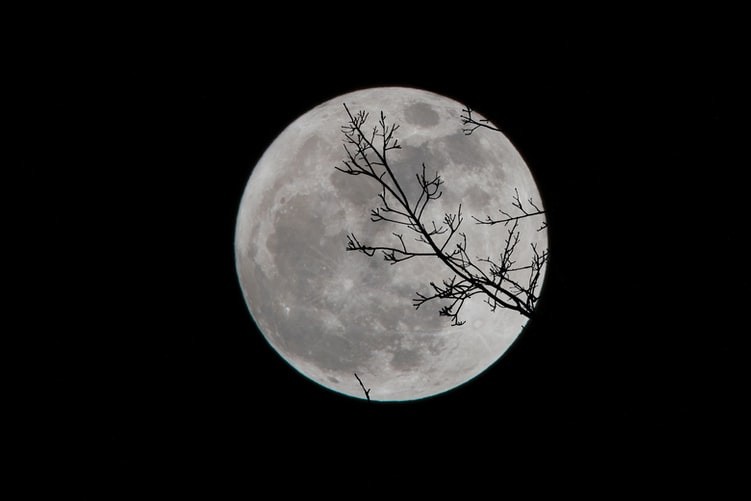The last week of January will be the once-a-year opportunity to experience the first full moon of 2021. the celestial event comes in many names across several places.
In the US, this winter event is called the wolf moon. Some weather-related nicknames for January's full moon include the Freeze Moon, the Frost Exploding Moon, and the Cold Moon, the Old Farmer's Almanac added.

The full moon of January, called the Wolf Moon, will occur on Thursday, Jan. 28, at 2:16 p.m. EST (1916 GMT), according to NASA.
The moon will be in the constellation Cancer and rises just a few minutes before sunset. The full moon will serve as a great reference point for stargazers trying to find Sirius, the brightest star in the sky.
Related Article : Dark Side of the Moon Comes Into Light [VIDEO]
Wolf Moon
It's thought that January's full moon came to be known as the Wolf Moon because wolves were more often heard howling at this time.
It was traditionally believed that wolves howled due to hunger during winter, but we know today that wolves howl for other reasons.
Howling and other wolf vocalizations are generally used to define territory, locate pack members, reinforce social bonds, and coordinate hunting.
Full Moon

The full moon's timing is the same everywhere - though the hour depends on your time zone.
That's because it is determined by the moon's position relative to the Earth rather than its prominent placement in the sky, which differs slightly depending on your location. So while the moon is officially full at 2:16 p.m. in New York, that will be 6:16 a.m. on Jan. 29 in Melbourne.
To catch the actual moment of the full moon while it is above the horizon, one needs to be east of New York City - in London, for example, the moon is full at 7:16 p.m. after the sun sets at 4:43 p.m. Similarly, in Paris, the full moon will be later, at 8:16 p.m.
Given that the full moon is roughly on the opposite side of the sky as the sun, for Northern Hemisphere observers, the moon in winter appears high, just as the sun would be in the summer months.
From New York, this means the moon hits a maximum altitude of about 72 degrees on Jan. 28; observers just a bit further south in Houston will see it reach 83 degrees - nearly the zenith at local midnight.
For Southern Hemisphere observers, the reverse is true, as it is summer there. In Santiago, Chile, the full moon will reach a maximum altitude of only 32.5 degrees at 1:29 a.m. local time on Jan. 28.
What else is in the sky tonight?
Beyond the full moon, observers can check for visible planets, which are bright enough that the full moon doesn't wash them out.
On Jan. 28, Mercury, usually difficult to observe, will be at an altitude of 14 degrees when the sun sets in New York and should become visible about a half-hour after sunset when it is about 10 degrees high - approximately the width of a fist at arm's length.
Per Heavens-Above.com calculations, the planet sets over New York at about 6:32 p.m. local time.
For more space news updates, don't forget to follow Nature World News!
© 2025 NatureWorldNews.com All rights reserved. Do not reproduce without permission.





